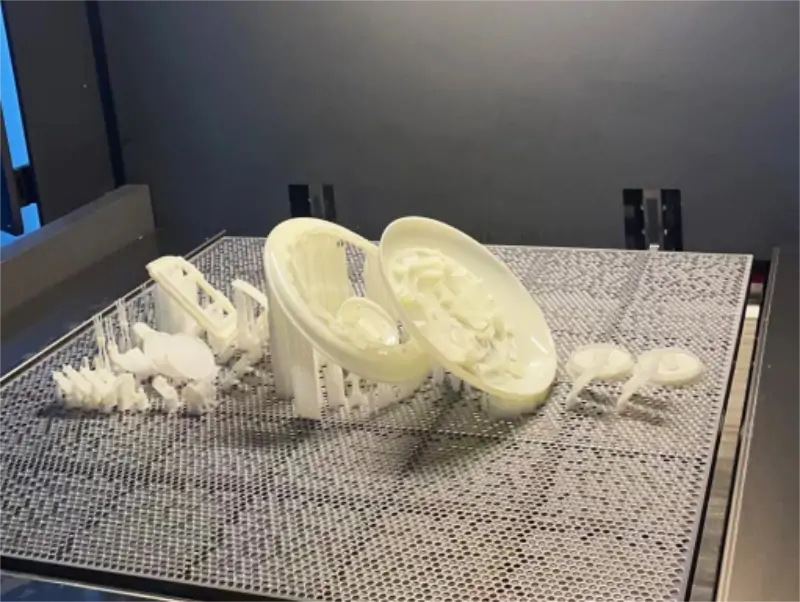3D printing, also known as additive manufacturing, has revolutionized prototyping and small-scale production by creating parts layer by layer from digital models. This process allows for the creation of complex shapes and structures that were previously difficult or expensive to produce with traditional methods.

What Is 3D Printing?
3D printing uses a digital 3D model to guide the machine in building up the part layer by layer. Different materials can be used, including plastics, metals, and even ceramics, making it a highly versatile and innovative manufacturing method.
Applications of 3D Printing:
- Medical Devices: 3D printing is used to create custom implants, prosthetics, and surgical tools tailored to individual patients.
- Aerospace: Parts for aircraft and spacecraft that require lightweight yet strong materials are often made through 3D printing.
- Consumer Goods: Customized products like footwear, eyewear, and personal accessories are increasingly being made using 3D printing technology.
Why Choose 3D Printing?
- Complex Geometries: Unlike traditional methods, 3D printing can produce parts with complex internal structures or shapes that would otherwise be difficult to create.
- Customization: Each part can be tailored to specific needs, which is ideal for one-off prototypes or custom orders.
- Speed: 3D printing allows for rapid prototyping and shorter lead times, accelerating the product development cycle.
For medical devices, 3D printing is ideal for creating custom implants, such as dental crowns or orthopedic devices, that need to fit a specific patient's anatomy.
Conclusions, 3D printing offers flexibility, speed, and precision for manufacturing complex and custom parts. It's the go-to choice for industries that require unique designs, low volumes, and fast turnaround times.